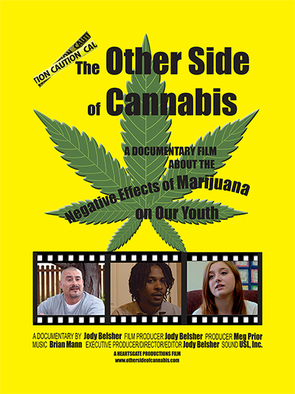Studies are showing a link between marijuana use and psychotic illnesses such as schizophrenia. Whether the user is self-medicating with marijuana or the use of marijuana has triggered the illness is not yet clear. The negative effects of marijuana abuse may include loss of interest in everyday life activities, loss of cognitive abilities, poor concentration, compromised lung function, loss of relationships, loss of employment, loss of ability to attend school, extreme paranoia, high anxiety, depression, psychosis, heart palpitations, shortness of breath, desire for increased high causing excessive use of the drug or moving on to other substances, legal issues, incarceration, hospitalization, rehab stays, as well as numerous other side effects. Impacts include financial, physical, social, educational, mental and employment related issues. With the proliferation of medical marijuana dispensaries and legalization in some states, the normalization of marijuana in our general population is sending a dangerous message to our youth, that does not include The Other Side of Cannabis: the Effects of Marijuana on Our Youth.
Studies are showing a link between marijuana use and psychotic illnesses such as schizophrenia. Whether the user is self-medicating with marijuana or the use of marijuana has triggered the illness is not yet clear. The negative effects of marijuana abuse may include loss of interest in everyday life activities, loss of cognitive abilities, poor concentration, compromised lung function, loss of relationships, loss of employment, loss of ability to attend school, extreme paranoia, high anxiety, depression, psychosis, heart palpitations, shortness of breath, desire for increased high causing excessive use of the drug or moving on to other substances, legal issues, incarceration, hospitalization, rehab stays, as well as numerous other side effects. Impacts include financial, physical, social, educational, mental and employment related issues. With the proliferation of medical marijuana dispensaries and legalization in some states, the normalization of marijuana in our general population is sending a dangerous message to our youth, that does not include The Other Side of Cannabis: the Effects of Marijuana on Our Youth.



